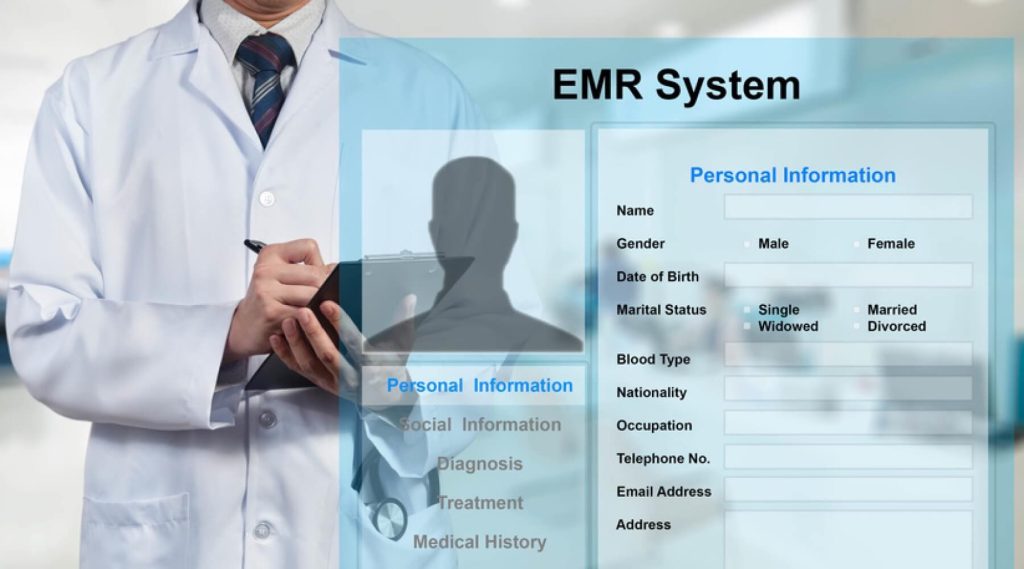An EMR, or Electronic medical Record, is a clinical record for a patient in an advanced configuration that is put away on a PC or in a PC server. In wellbeing informatics, an EMR is viewed as by some to be one of the various types of electronic wellbeing records, yet generally these two terms mean exactly the same thing. In some cases EMR’s incorporate other data, like HIT, or wellbeing data innovation, which are systems that monitor clinical data, similar to clinical practice the board systems. These systems support the Electronic medical Records. Until 2006, most clinical practices actually do not utilize EMR’s or other wellbeing data advancements, similar to PC doctor request passage systems, or Cope’s. As a matter of fact, fewer than 10 of the American medical clinics have started to utilize this innovation, while just 16 of essential consideration doctors presently utilize electronic wellbeing records. Most of clinical exchanges in the US are as yet finished on paper, with a system that was created in the 1950’s and is still being used today.

The medical care industry really spends just around 2 of their gross incomes on Hit is, or wellbeing data innovation, which is far behind different regions like money. One of the primary issues of most clinical offices executing EMR Systems is the interoperability for various clinical workplaces and experts to utilize the systems and programming to precisely impart and trade information. In the US, the improvement of guidelines for EMR’s is at the front of the plan for public medical care. Without a decent interoperable EMR system, doctors, drug stores, clinics, and other clinical experts cannot share patient data accurately, which would be vital for patient-focused care. Since the EMR’s should be viable, in 2004, President Bramble made the Workplace of the Public Facilitator for Wellbeing Data Innovation or ONC, to resolve gives that arrangement with EMR’s and interoperability issues to assist with laying out a public wellbeing data organization, or NHIN. This association, alongside the Middle for Data Innovation Administration, has set four unique classes, or levels, of information that is in the medical services information trade at the present time. These various levels are
- Non-electronic information – this incorporates paper, sent data, or calls.
- Machine movable information – this incorporates faxes and messages.
- Machine organiz information – this incorporates HL7 messages, pictures, and articles.
Machine interpretable information – this incorporates naturally moved lab results to an electronic wellbeing record.